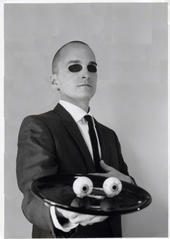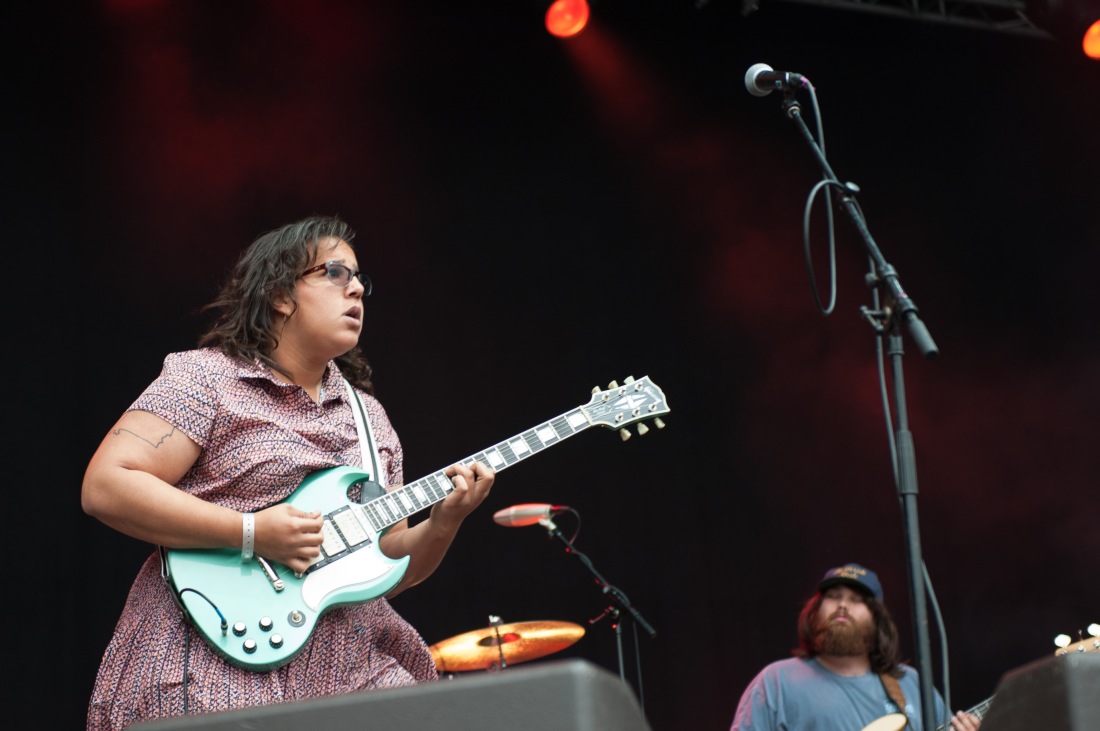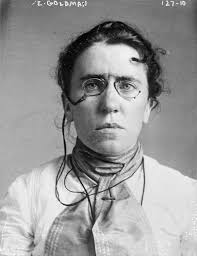J. B. Bosworth’s excellent “Mussolini’s Italy” illustrates the vast differences between the two right-wing populists
Mussolini’s Italy: Life Under the Fascist Dictatorship 1915-1945, R. J. B. Bosworth, Penguin Press, 736 pages, 2006, $25.00 paperback
OPINION
By George Howland Jr.
U.S. President Donald J. Trump should not be compared to Italian dictator Benito Mussolini. Commentators ranging from The Washington Post’s Dana Milbank to retired four-star general Barry McCaffrey have compared the president to the Duce, who ruled Italy from 1922 to 1945. While Trump is a very dangerous chief executive, Mussolini was a fascist who cleverly combined violence against the Italian population itself with deft manipulation of the existing political elites. Whatever his desires, Trump has not practiced the former and seems incapable of the latter.
A good jumping off point for examining the Duce in detail is Mussolini’s Italy: Life Under the Fascist Dictatorship, 1915-1945, by R. J. B. Bosworth, the renowned Australian scholar.
Fascism: from decentralization to dictatorship
After World War I, when the fascist movement began, its organization was highly decentralized. There was no single leader and no nationwide or regional coordination of activity. Instead, local strongmen attacked their enemies as they saw fit. Communists and socialists were the common enemies of these little Duces. The fascists used squads of thugs and former soldiers to beat, maim and kill their enemies. The squads also destroyed the leftists’ infrastructure: burning their offices and smashing their printing presses. During the rise of fascism, 3000 Italians were killed (425 were fascists).
While Trump has used the government to commit acts of horrible cruelty against immigrants and refugees—separation of families and detention in inhumane facilities—populist violence has not been in his toolbox. Gangs of Republicans are not physically attacking Democrats and setting fire to their offices. I do not see any signs of such “squadrism” emerging in our current political environment.








